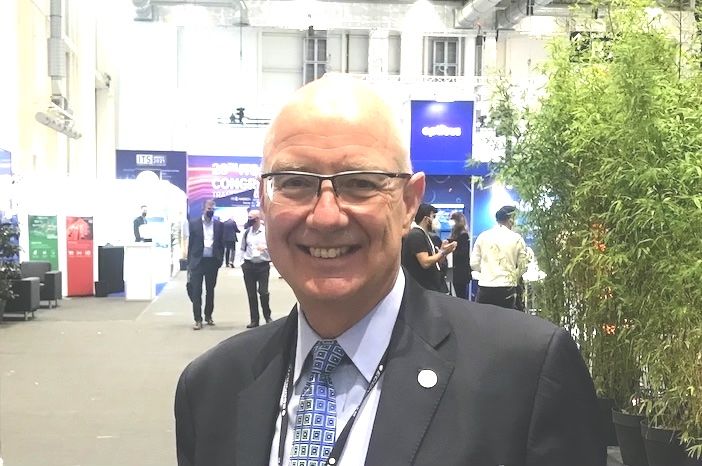Kirk Steudle, national transportation advisor with Steudle Executive Group, and former director of Michigan DOT, gives his insight into why road operators need to build out digital infrastructure and address the digital skills gap
It’s no secret for infrastructure owners and operators (IOOs) that one of the most critical objectives in providing more accessible and sustainable mobility is ensuring safer transportation. However, IOOs are facing pressures to address the environmental and infrastructure issues that have a direct impact on not just roadway and traffic safety, but public safety. While we have made good strides recently, there remains a digital skills gap between the safety innovations incorporated in vehicles and our transportation infrastructure.
I’ve always advocated that the future of surface transportation lies in the adoption of data-driven tech. More recently, I’ve also advocated for non-traditional partnerships to balance perspectives that help accelerate the adoption of technologies. Together this creates an organic ecosystem that will have the most meaningful impact toward human-centric transportation. While these principles may seem obvious at a macro level, the execution at the micro level is incredibly complex. Despite this, we need to deploy these critical technologies faster.
“TxDOT continues to focus on forward-looking strategies that deliver smarter mobility”
Addressing the pressures to develop more efficient and safer roadways has often been focused on the operations side of the larger mobility picture. This can limit the digital perspective needed for deploying smart infrastructure tech that may not seem to address in-the-moment operational challenges. However, as a collective, we need to look beyond the operational and focus on the growing digital skills gap to keep up with rapidly transportation and connected mobility.
For example, the Texas Department of Transportation (TxDOT) has made great strides in closing the infrastructure digital skills gap. TxDOT continues to focus on forward-looking strategies that deliver smarter mobility, enabling economic opportunity, and enhancing quality of life.
TxDOT is actively engaging with many funding and grant programs to improve its digital infrastructure. TxDOT is proving that it’s possible for cities and transportation authorities to successfully leverage technology to improve traffic efficiencies and safety. Through its projects such as Connected Transportation Tactical Plan, Smarter Intersections Pilot, Gulf Intracoastal Waterway Digital Twin, and Smart Work Zones, TxDOT is working to deploy technologies faster.
I encourage IOOs to focus on building smart infrastructure by leveraging IoT and information-based technologies to help close the digital skills gap. By deploying smart infrastructure technologies sooner, we can establish the digital foundation needed to leverage new powerful data analytics and AI-driven applications, which I believe, will provide the critical breakthrough we need for the Vision Zero future. Until next time, travel safe.
This article first appeared in the June 2024 edition of TTi magazine.

